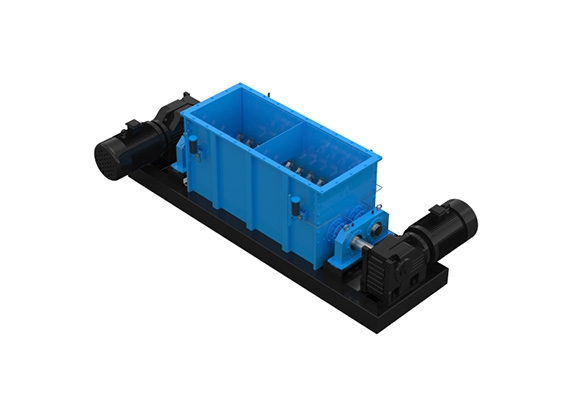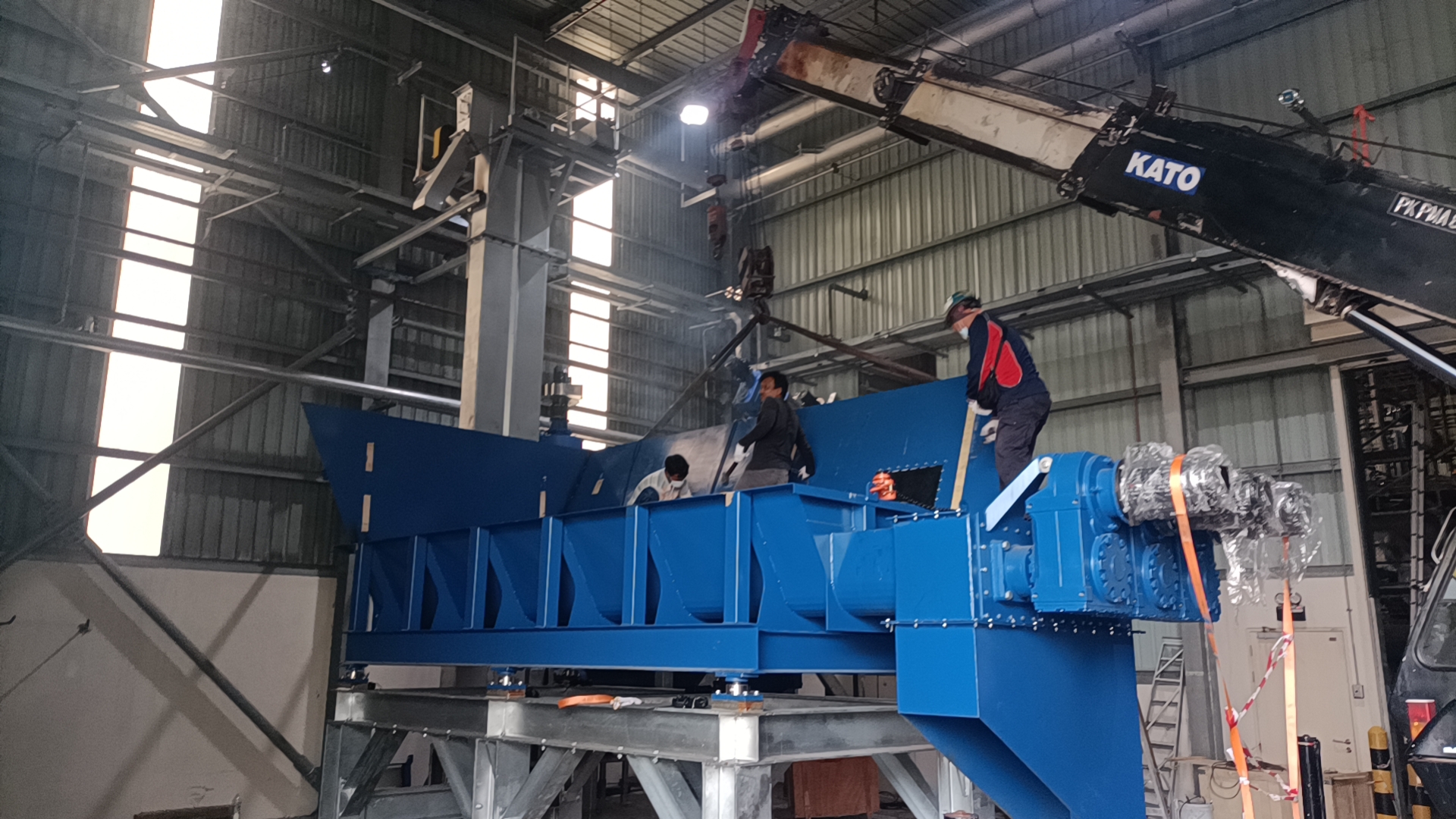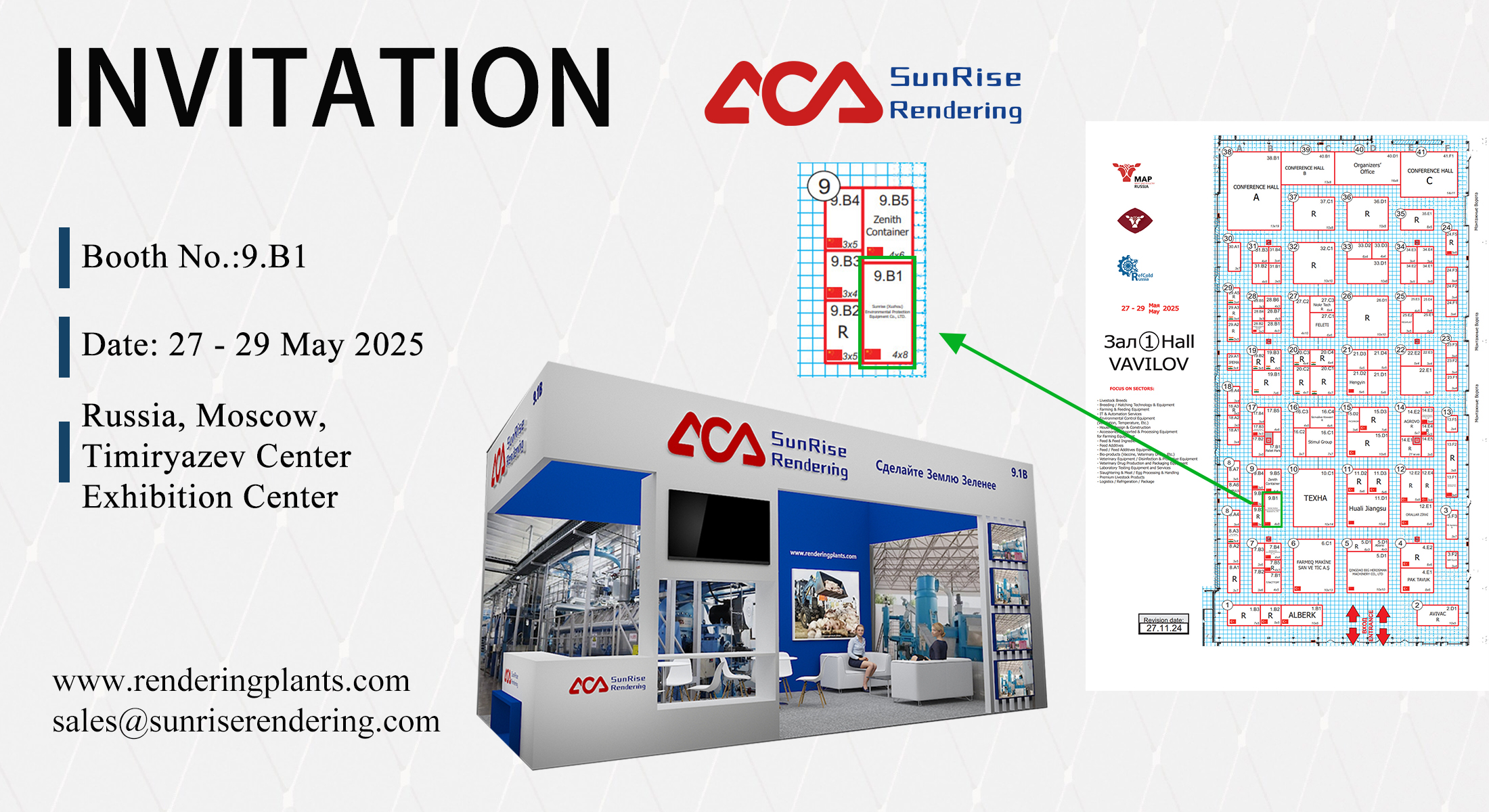
What Is A Chicken Rendering Plant?
What Is A Chicken Rendering Plant?
What Does A Chicken Rendering Plant Do?
A chicken rendering plant is a facility that processes dead chickens and converts them into various kinds of rendering products, such as animal feed and fertilizer.
A poultry rendering plant processes chickens into a finished product that can be used as an ingredient in other products like blood meal for pet food and cosmetics. Some companies also use chicken fat as an alternative fuel source for their facilities or local communities.
The first step is to pick up the dead chickens from a farmer’s yard or a slaughterhouse. Then the chicken rendering plant receives the dead chickens and puts them into a crusher-like high-performance Sunrise Double Shaft Crusher. The crushers break down the chickens into small pieces that are easier to process.

Next, the crushed chicken parts are put into large tanks where they are cooked at very high temperatures for several hours with steam and hot water so that all the moisture evaporates out of them leaving behind only muscle fibers and bones which are then ground into smaller pieces. The remaining material from this process is called “meat and bone meal”, which can be used for animal feed or fertilizer.
Equipment In A Chicken Rendering Plant
To better understand what is a chicken rendering plant, you should know about the equipment in a chicken rendering plant.
In a chicken rendering plant, there are different types of equipment that you can use. There is the eviscerating machine, which is used for taking the organs out of the chicken’s body. The equipment in a chicken rendering plant includes the following:
1. Feed Milling Equipment
The whole process of chicken rendering begins with feed milling equipment. This equipment consists of a hammer mill, shredder, mixer, and dryer. The raw materials will be crushed into small pieces by the hammer mill.
Then they will be sent to the shredder for further processing. After that, the shredded products will be mixed with other ingredients such as cornmeal and molasses. Finally, these materials are dried to become edible animal feed pellets.
2. Animal Fat Extraction Equipment
An animal fat extraction equipment is also called a fat separator machine or grease extractor machine. It is used to separate animal fats from other meat parts like bone, skin, and meat scraps by pressing or grinding method or solvent extraction method. It can also separate tallow from other fats by centrifugal force.
3. Rendering Equipment
Wet rendering equipment is used to cook animal fats under certain temperatures and pressure conditions. So that independent renderers can be separated into fat and oil phases by the high-temperature steam distillation process or solubilization process by washing with water.
For a chicken rendering plant, the equipment needed is similar to a slaughterhouse. The main difference is that you will need processing equipment for the chicken parts, as well as equipment to make the feed.
The Positives of Chicken Rendering Plants
There are a lot of positive things about chicken rendering plants. For example, they provide an efficient way to turn chicken chicken animal waste into useful products like feed and fertilizer. They also help keep our environment clean by recycling dead chickens that would otherwise be thrown away or buried in landfills.
1. Reduce Waste
It is estimated that roughly one billion chickens die each year across the globe due to disease or natural causes such as old age or parasites in their bodies. These dead bodies create waste that can easily contaminate the water supply if it isn’t properly disposed of through composting or incineration.
However, when you have your own chicken rendering plant on your property, you can eliminate this waste entirely by converting it into fuel. Reduction of waste from farms, restaurants, and other food processing facilities by recycling it into useful products such as animal feed, fertilizer, and soap.
2. No Mess
When dealing with dead animals, there is always going to be some mess involved when disposing of them. With a chicken rendering plant, there won’t be any mess left over after you have disposed of your animal carcass.
3. Creation Of Jobs For Local Residents
Poultry rendering plants create jobs for people who work at the plant itself and also those who work at other companies that purchase the rendered fat from them for use in their products.
Chicken rendering plants are often a big part of the local economy. Chicken rendering plant jobs pay well and they provide a source of income for many families. Rendering plants are also an important part of the food processing industry.
4. Convenient
With this type of rendering plant, it will be very easy for you to dispose of your animal carcasses without having to go anywhere near them at all. This can also save you time as well because you won’t have to spend time cleaning up after yourself once you have completed using this device.
Chicken rendering plants are a major part of the poultry industry. It involves processing whole chickens, or their parts and waste products into protein meals and fat for use in animal feed and other products. They are very efficient operations, capable of processing thousands of pounds of chicken waste at a time.
The Negative Side of Chicken Rendering Plants:
In order to have a better overall understanding of what is a chicken rendering plant, you should also know the negative effects of a chicken rendering plant. The negative side of chicken rendering plants is that they can be smelly, noisy, and polluting. They also provide a place for rats and other vermin to thrive.
Air Pollution
Pollutants such as ammonia and hydrogen sulfide are emitted into the air during the composting process. These pollutants can cause respiratory problems in humans as well as kill plants and trees near the plant itself.
Water Pollution
When these plants recycle their wastewater into fertilizer or use it for irrigation purposes, it has been found that high levels of bacteria are present in their runoff water. This can lead to illness among livestock that drinks from this water supply or even makes people sick if they consume it directly.
To prevent air and water pollution, it is necessary to use waste disposal units such as SunRise’s Chemical Scrubber and Ionization Tower.
How Does A Chicken Rendering Plant Work?
As you can see, the chicken rendering process is very straightforward. The simple steps involved in the rendering process allow for a wide range of uses. This has helped make many chicken byproducts indispensable to the commercial and industrial community. The work is following:
- Collecting chicken slaughterhouse waste, such as feathers and bones from the slaughterhouse.
- Separating the waste into different categories.
- Cooking down the waste to extract protein and oil.
- Adding salt to extract more flavor.
Not only is chicken rendering plant waste used as feed, but it is also used for other products such as soap, fertilizer, and even cosmetics. The byproducts from a rendering plant are vital to the economy and help keep both city and country farmers supplied with high-quality animal fats for the production of valuable chemical feed ingredients.
Products From Chicken Rendering Plants
If you want to know what is a chicken rendering plant, the best way would be to look at the final products. The end result of the chicken rendering continuous process is protein-rich meals that can be sold as natural or organic poultry feed or recycled for use in other chicken, pig and fish feeds.
A meal poultry rendering plant is a facility that processes waste products from chickens. The waste products are collected from farms and other poultry processing facilities, then processed at the rendering plant to produce various products.
1) Chicken Fat
This product is used in the manufacture of cosmetics, soaps, detergents, and candles. It is also used as an animal feed supplement or an addition to livestock feed rations.
2) Chicken Skins
These can be used for making leather goods such as wallets and belts. They are also used for making poultry litter for use in agriculture due to their absorbent nature.
3) Chicken Bones
These are used to make animal food supplements such as bone meal and meat meal which are great sources of calcium for both humans and animals alike.
Conclusion
A rendering plant is a facility that turns meat by-products, like animal fat and bone, into usable commodities. In the case of chicken rendering plants, they effectively transform slaughterhouse waste that would otherwise go unused into cooking oil and other types of fat.
Chicken rendering plants are an important part of the chicken industry. They also eliminate potential contaminants, like salmonella, from processing waste that can make you sick. The end result is a product that can be used to make pet food and animal feed safe for animals instead of human consumption.
In short, does the above description help you understand what is a chicken rendering plant? If you want to know more information, you can consult Sunrise, and they will provide you with professional services for free.



